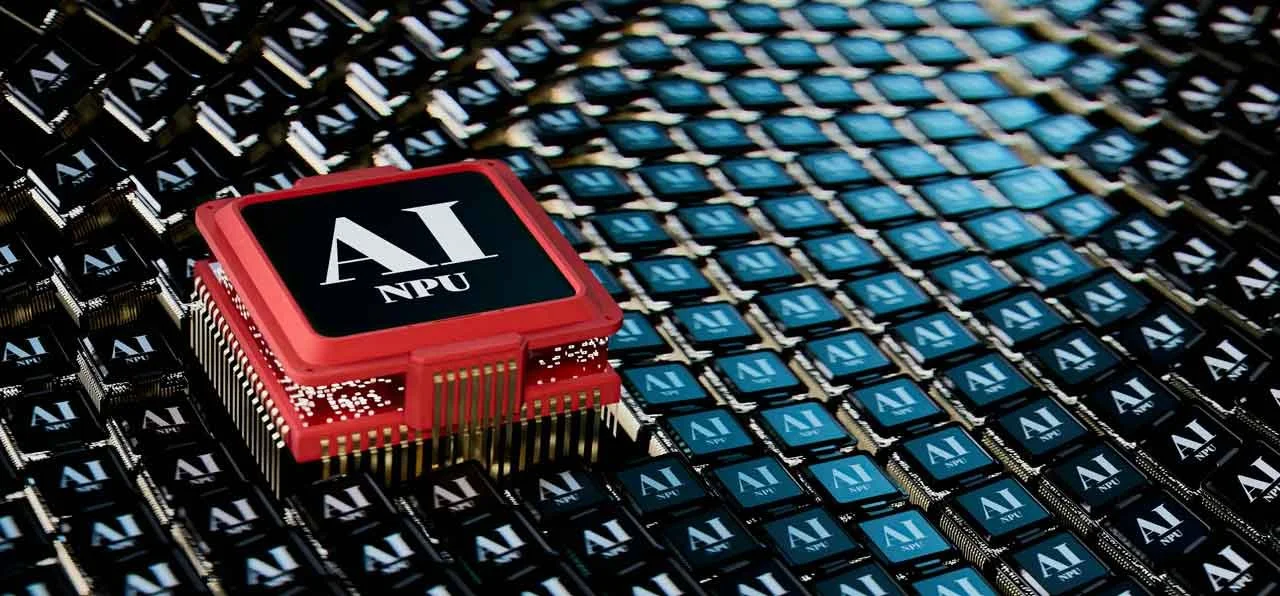Design Through Failure: Why Embracing Setbacks is Key for Designers in 2025
Hey there, fellow designers, have you ever bombed a project so hard that it felt like the end of the world, only to realize it sparked your best idea yet? In a world where AI is churning out designs faster than we can blink and trends like interactive 3D elements are taking over, failure isn't just inevitable; it's your secret weapon. Back in 2015, we were talking about fast failure as a buzzword, but fast-forward to 2025, and it's evolved into something deeper. With tools like generative AI reshaping how we work, embracing those missteps helps us stay ahead in UX/UI design. Let's dive into why failing smart is more crucial than ever, updated for today's wild design landscape.
Steering Clear of Jumping to Conclusions Too Soon
As designers, our gig isn't just slapping together pretty visuals or slick interactions; it's about cracking real problems. Sure, we need to pick a direction, but rushing into one without poking around enough? That's a recipe for meh results. Remember Henry Ford's classic line: "If I had asked people what they wanted, they would have said faster horses". Picture if he'd doubled down on horse steroids instead of inventing the car. We'd all be trotting around on souped-up ponies, missing the real game-changer.
In 2025, this hits harder with AI-driven design tools like generative interfaces popping up everywhere. It's tempting to let algorithms spit out options and call it a day, but without exploring wild alternatives, you might miss inclusive features that make your app accessible to everyone. Check out how some teams are using AI for better UX in this piece from NN/g on the UX Reckoning for 2025. Failing early by testing half-baked ideas pushes you to explore broader trends, like blending gamification with 3D objects for more engaging experiences, trends that are exploding right now, UX/UI Trends 2025.
Credit: Nick Fewings
Shaking Off That Lazy Design Rut
We've all been there: sticking to what "works" because it's easy. Back in the day, it was the hamburger menu as the go-to for navigation, but in 2025, it's over-relying on flat AI-generated templates without adding that human spark. Yeah, design patterns and best practices are gold, think dark mode or motion design for smoother flows, but blindly following them without questioning? That's where complacency creeps in.
Ever caught yourself thinking, "We've always done it this way, and users didn't complain"? Time to challenge that. With trends like text-emoji mixes and progressive personalization ruling the scene, there's always a fresher way to boost usability. For instance, look at how some apps flopped by ignoring inclusivity, leading to UX failures at big names like Amazon or Microsoft. 15 UX Design Failure Examples. By failing on purpose, say, prototyping a clunky AI interface and seeing where it breaks, you uncover meaningful tweaks that make your work stand out.
Breaking Out of Your Design Bubble
Yeah, it's a bit of a cliché, but hear me out: What nailed it yesterday might flop tomorrow, especially in a one-size-fits-all world. Purposeful mistakes are the fastest teacher around. "Iteration" is still the magic word in design circles, but apply it to your mindset too. Success can blind you to innovation, just like how Meta poured billions into the metaverse only to pivot when it didn't click with users, Tech Fails of 2025.
As designers in 2025, we've got to experiment with stuff like AI presence and 3D interactives to solve problems that matter. Fast, intentional failure? That's your ticket. Dive into emerging trends with resources like this Top UI/UX Design Trends for 2025 to see how pushing boundaries pays off.
Credit: Igor Omilaev
Daring to Take Smart Gambles
Smart risks are a designer's best friend. Sure, tight deadlines and budgets in the real world might cramp your style, but carve out space for it in your personal projects or team brainstorms. What builds that gut instinct for risks? Hands-on experience, but even smarter? Learning from others' wipeouts.
Think about the 95% of AI pilots that crash and burn, often because teams didn't test enough edges, why 95% of AI Pilots Fail. As designers, our endgame is turning failure into fuel. Welcome those flops, ditch the fear, and climb that ladder to killer designs. For more on dodging common pitfalls, peep this take on the UI/UX Crisis of 2025.
In the end, failure isn't the villain; it's the plot twist that leads to breakthroughs. So next time a prototype tanks, high-five yourself and iterate. What's your biggest design fail-turned-win? Drop it in the comments, let's learn together!

